It is refreshing to be surprised, for a change – and refreshing to have something that comes somewhat unexpectedly but scratches an itch that you didn’t really know existed. I have owned and reviewed many Leicas in the past, from Ms, to the S system, to the T, X/1/2/113/Vario, to various ahem…rebodies. All have excited me in some way or other, but also left me with the feeling ‘if only’. If only the M had a built in EVF…if only the S had more pixels…if only the T was a bit smoother operationally…if only the Xs had viewfinders (and were 28mm). I was disappointed I couldn’t get a M246 Monochrom to test, especially against the D810. Instead, I was offered the Q.
Images in this review were all shot with a final production Q Typ 116 running firmware 1.0. I wil be uploading additional images as time goes along with to this set on Flickr. As you can probably tell from the sample images, during the limited time I’ve had to shot with the camera, the weather/light quality has best been described as ‘hmmm, painterly’. And a big thank you must be given to the folks at Leica Malaysia for the loan camera. Images in this review were processed with Photoshop Workflow II.
I’ll start with the main ‘if only’ and get it out of the way: if only it had interchangeable lenses. But if it did, it’d probably kill the Ms. After all, it shares a 24MP (CMOSIS?) sensor, and has a whole host of other improvements like a much better (touch) LCD and autofocus. But oh joy of joys…the lens is a 28mm!
Regular readers will be familiar with my preference for this focal length, and my devotion to the Ricoh GR because of its blend of pocketability, performance and that focal length. Though 35mm has always been viewed as the quintessential documentary focal length, you’ll also know I’ve never really gotten on with it – I’ve always thought it too long to be dramatic, and too wide to be isolating. I’d much rather have a 28/50 pair, which is what I usually do: GR in one pocket at 28mm, and D810/Otus 55 around my neck. The GR has its share of ‘if onlys’, too: mainly centered around the relatively slow lens and the high shutter speeds required to eliminate camera shake because of the lack of an EVF or IS. And then whilst pixel quality is really top notch, there aren’t that many of them. D810 companion yes, D810 substitute, not really – only because the Nikon wide options are pretty poor. In short: please sir, can I have more?
While waiting, along comes that ‘more’: a full frame, 24MP, AA-less, EVF equipped (with 3.7 million dots, no less) camera with an optically stabilised 28/1.7. There’s also a touch panel (which appears to be inherited from the T) that can be used for focus, release or navigating playback. It even has a higher claimed maximum ISO limit than the recent 24MP CMOS M246 Monochrom. I really don’t suffer from GAS often, but I did after reading the reply to my initial email. This means that as much as I want to be objective, there is probably going to be some bias involved. Let’s get things straight, though: in 28mm-fixed-focal-large-sensor-land, you only really have four options* right now. The first is the GR we all know and love, with 16MP and f2.8 on an APS-C sensor; the second is the Fuji X100 series with the wide converter, which also gives you 16MP but at f2, with a hybrid viewfinder/EVF and significantly larger physical size; the third is the Coolpix A, and now the Q. The GR can be had for around $600; the X100T plus converter will run you $1299+$315 for the wide converter for a total of $1600 and change; the Q has the usual red dot premium and weighs in at a hefty $4,500. And yes, because some people are bound to ask, it’s made in Germany – or at least that’s what’s stamped on the bottom.
*One reader correctly pointed out there’s also the Sigma DP1M/DP1Q: yes, but they aren’t exactly documentary cameras nor do they have a large shooting envelope. And then there’s SPP and the workflow issue…
As nice as the X100T is in the hand, and as useful as the optical finder is, I have a hard time justifying the extra for the X100T, mainly because of the extra bulk: the lens still requires f4 or thereabouts to match the GR’s performance at f2.8, and you’re lugging around a lot of extra weight without any gains in image quality. The Q represents an even worse value proposition at 7.5 times the price, though it has a few things going in its favor: a lens that’s 1.5 stops faster than the GR, with similar performance, a full frame sensor, optical image stabilisation, an EVF, and as a result, a much larger shooting envelope. As they say, you pay your money and you get your choices.
Leica’s design gestalt is by now so well-established that you would be forgiven for thinking they’ve run out of ideas: everything seems to look like a streamlined M, from the M itself to the Panasonic LX100-based D-Lux 109. Sometimes this works, like in the X, sometimes it doesn’t work so well – like in the previous D-Luxes. But unless the touchscreen/electronic UI is really well sorted, I’ll take it any time over the buttonless T. In the hand, we know what to expect: mostly comfortable, but not always, depending on body thickness and the length of your fingers. I found the film Ms to be a lot more comfortable than the digital ones, with the M9-P being about the maximum thickness comfortable without a front grip (but still requiring a thumb grip of some sort) and the M240 is just too easy to drop without it.
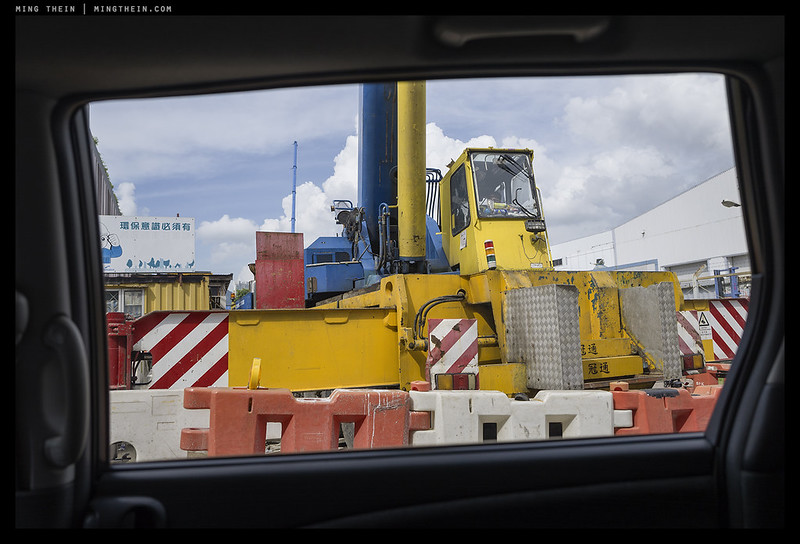
You are in the right place even if it might not feel like it
The Q is a bit thinner than the M, for which I’m extremely thankful. The difference in comfort is noticeable, though I’d still like a better positioned thumb grip. (The rear thumb divot is appreciated, but too close to the right edge of the camera to avoid cramping.) No doubt this reduction in thickness is because the 27.8mm flange distance didn’t have to be maintained, and the lens’ rear element can get a lot closer to the sensor. The camera is somewhere between the X and the M240 in size – actually, pretty close to say an M6. It’s almost bare from the front, with just an AF assist lamp and a red dot. The top plate carries the same controls as the Ms – shutter speed, power/drive, shutter, video, plus the migrated command dial for exposure compensation or program shift. The lens continues to use the excellent system from the X Vario 107 and X Typ 113 – manual focus with automatic magnification if you turn the ring, with AF at a detent past the infinity position. There’s also of course an aperture ring and a new rear toggle to move some elements for optimal performance at macro distances – a sensible solution, which we’ve seen before in the Sony RX1’s Zeiss 2/35 optic.
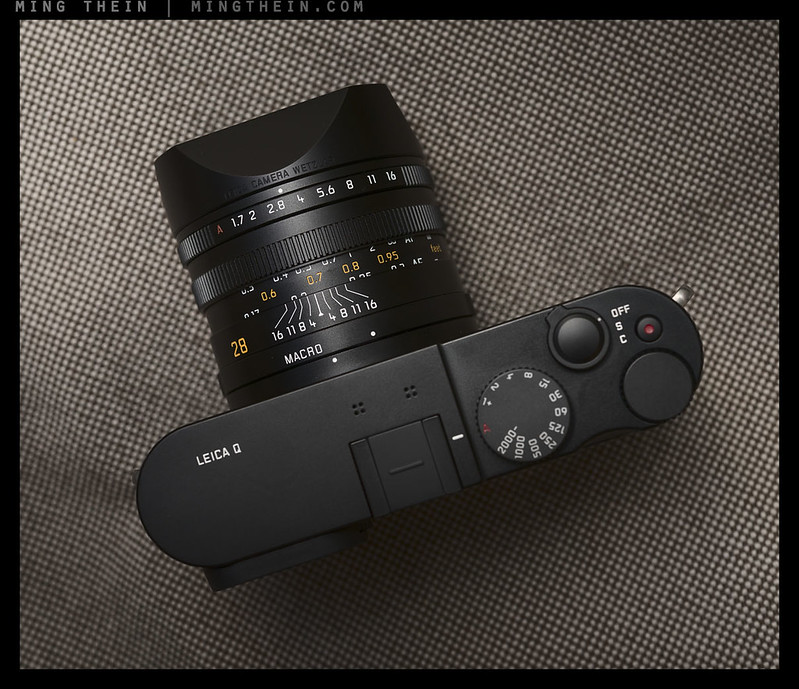
Note two focusing scales and macro switch. The lens restricts you to f2.8 maximum in the macro position, presumably to increase image quality.
The rear again resembles the M – similar row of buttons down the left, D pad, oddly indented thumb notch, diopter correction and a couple of programmable buttons. There is no flash, but a TTL hotshoe compatible with Leica’s own flashes – and third party ones. The camera uses a hybrid leaf and electronic shutter; it’s mechanical up to 1/2000s, which is as fast as I could get my flashes to sync, and electronic up to 1/16,000s (you select the 1/2000+ position on the shutter dial, and use the command wheel). In fact, other than for the missing finder windows, you could easily mistake this for an M – which makes me wonder if this is perhaps Leica’s intention all along. Unlike the M (but reminiscent of the original Digilux 2 and later Panasonics and X cameras), exposure modes are intuitively controlled by overriding automatic: aperture, shutter and focus rings all have ‘A’ positions and manual settings. Use the manual settings and you go to aperture priority, shutter priority or full manual respectively; leave everything in A and land up with program (and thankfully buried deep, deep down in the menu are the seemingly unavoidable scene modes). What I don’t understand though is why none of them move in the same increments: the aperture ring is in 1/3 stops. The shutter speed dial is in full stops. ISO is in full stops. But exposure compensation is in 1/3 stops. This is both slow and confusing.
Vertical chess
The camera is a bit lighter than it looks; it isn’t quite as dense as the Ms, which is probably due to the hybrid aluminium/ magnesium construction (no brass anywhere). It doesn’t feel hollow, but might if it were any lighter. Everything is sold and has just the right tension and tactile feel; with the exception of the thumb grip/divot and lug placement** the haptics are really quite excellent. There are other nice little touches, like the tab on the (somewhat stiff) manual focusing ring with locking AF tab integrated, and the macro switch that also moves the distance scale, and joy of joys – a proper depth of field scale, which means zone focusing is definitely possible.
**It seems that no manufacturer manages to get this right, and Leica and Olympus are the worst offenders for pinching the webbing between index and middle finger.
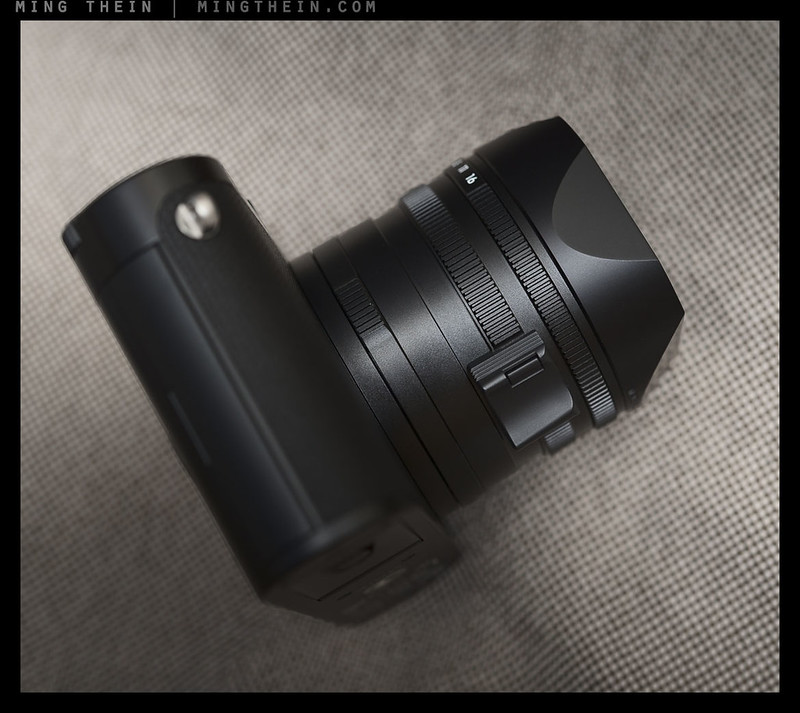
Note focusing tab with AF locking button.
Not that you’ll need it. Surprisingly, autofocus is the fastest of any Leica I’ve used, and I’ll be damned if I can tell the difference in speed between this and my E-M5 II, which is the fastest of any mirrorless camera I’ve used to date. It is definitely faster than the GR. Single point AF appears to be the most reliable and speedy option, though the camera does have tracking and continuous options – like every CDAF system, they’re not really that reliable. It had no problem locking on even in relatively dim conditions, so long as there was sufficient contrast. Low contrast, even if very bright, would cause hunting. Note that the camera both views and focuses (including magnified manual focus) with the lens wide open; I did not notice any significant focus shift because of this. There is no way to magnify the frame without activating manual focus (which makes sense). There’s one final thing to be carful of with focusing: if you have a target that has significant overexposure, there’s a good chance the camera will not be able to lock on it, or worse, give a false positive. This is a common limitation of CDAF systems – it’s important to remember that blown highlights also equal zero contrast, though the Q seems a little more susceptible to this. Not a massive issue because I only encountered it when photographing neon signs (!) and could easily just swing the focusing tab to lock on manually.
Facets
In practice, the Q is flexible enough that you can shoot it like an M – manually focused with or without magnification and/or peaking, zone focused, and with some somewhat silly digital ‘rangefinder crop lines’ that show you the whole frame but only save 35 or 50mm. It even comes with one of those screw in square hoods that has just the right number of threads always land up in the right orientation when tightened. In fact, the reason why I keep comparing it to the M is because it provides the most M-like shooting experience of any non-M Leica. The design, ergonomics and control placement fool my hands into thinking they are holding an M.
Again, much like an M, it is really a simple camera – but still feels like a camera first and foremost. You can pretty much set everything in the menus once, and never have to look at them again. It is a scalpel rather than a Swiss Army Knife, and performs best when used as such. There’s almost no perceivable lag from the electronics to get in the way, including at startup, which is as fast as any mirrorless camera I’ve used (though not DSLR). Alternatively, you can shoot it with a bit more deliberation and precision, and take advantage of the 100% finder and fast AF. The Q’s leaf shutter is both extremely silent and low-vibration; better than even the best of the original film Ms and much like the GR. Suffice to say it will not be the source of any vibrations or double images. It also has the benefit of offering flash sync to 1/2000s, at all apertures. The EVF panel itself is of high resolution and good dynamic range; focusing and composition are easy, and the dot pitch is fine enough that your first instinct isn’t that you’re looking at a screen. That said, the optics of the finder itself could be better – though there’s adequate eye relief for spectacle wearers and a diopter adjustment built in, the edges are a bit smeary. Finally, I suppose you could even use it as a (god forbid) lifestyle camera; the Q also has wifi, a companion app (not available at the time of testing), touch to focus (and shoot) and scene modes.
Gaps in the smile
All in all, the Q has to be one of the most responsive cameras I’ve used – even for menu operations, image magnification etc. – no doubt due to the Maestro II processor, which is shared with the S Typ 007 and surpasses the M240. It will sustain 10fps DNG for about 12-13 shots with a fast card, and shot to shot times are almost instant with virtually no blackout before returning to a live image. I suspect Maestro II has also had a positive effect on battery life, too – I was easily able to obtain ~600+ shots per charge without too much trouble – that’s a day to a day and a half given the way I typically use a 28mm camera. This is impressive given the other full frame cameras in live view won’t even come close – my D810 and D750 could get to perhaps 400 if used quickly; the Sony A7II being the worst offender, struggling to pass 200. Leica have come a long way since the electronics of the M8 and M9 series cameras (which would lock up if you looked at them wrongly and eat cards for breakfast – at least, all three of mine did). In many ways, it actually brings to mind the M8/21/1.4 ‘Lux combination I shot pretty much exclusively for a year back in 2009-10. I’d have given my right arm for this kind of image quality and responsiveness, though.
Park evening
The Q 116 uses the same base sensor as the M 240 an updated 24MP 36×24 CMOS (made by CMOSIS?). There is no AA filter (and occasional moire is the result). It has a retuned ISO range of 100-50,000, which probably again has something to do with Maestro II. I would say noise is pretty much nonexistent up to ISO 800, with hints creeping in at 1600, 3200 being noticeable, 6400 usable with some work, and 12800 being strictly for emergency use only. I wouldn’t bother with anything above that. This is pretty much in line with the M240, and about 1/2-1 stop behind the D750. Dynamic range is also similar to the M240 – in practice, about 12.5-13 stops at base ISO, with some care required at clipping boundaries to avoid abrupt highlight transitions. Be careful in the shadows: not only do things block to black quite quickly, but it’s possible to create mild but high frequency banding if too much recovery is attempted. Every increase in ISO results in a corresponding reduction in dynamic range, of course. There also doesn’t appear to be any compressing going on – DNG files are larger than the D810’s 14-bit lossless compressed NEFs (!).
Test portrait. A surprising amount of separation for a 28mm – shot at f2.
It also appears that Leica have retuned the color profile of the sensor; early M240s suffered from very strange color that made profiling an absolute must. Whilst I found profiling helped with the Q, the required adjustments weren’t enormous – that said, I think it’s too early to comment on color in detail because there is still no native ACR profile for it, nor have I had time to properly fine tune my own profile for this camera between assignments and preparation for the Connection exhibition. Note that I did find some strange behaviour with the auto white balance tags – color temperatures were 1500-2000K warmer than expected (daylight at 7.5-8k) – though this could very well be down to ACR.
Temporary visitor to the tesseract
I was surprised by the Q’s video performance; mainly because I wasn’t expecting video to be usable at all. The good news is that there’s almost zero rolling shutter, and footage is very smooth with few compression artefacts. Auto exposure adjusts smoothly, peaking continues to work, and with the manual focus ring with hard stops and a tab, pulling focus is very easy indeed. Further praise needs to be given for the ability to set separate picture controls for video (no log profile though) and stills, and a dedicated framing screen for video alone which shows the 16:9 capture area. Stills can be captured with a brief interruption. The bad news is that whilst the screen shows you’ve changed exposure while filming, nothing actually happens. You cannot change aperture or shutter speed or exposure compensation; the only exposure control is via sensitivity and that’s handled automatically. There’s no microphone-in port…which means syncing up a separate recording. Finally, whilst stabilisation can be enabled while filming video, I saw some strange artefacts that must be either a product of the sensor’s line readout + lens moving to compensate for motion, or hybrid electronic-optical stabilisation.
Encroachment
Let’s talk a bit about the optics. The lens is a Leica-designed, presumably Leica-produced (though with recent T lenses being made in Japan, I’m not sure) optic with an aperture range of f1.7-16, and a coy number of elements and groups which I’ve not been able to ascertain yet. At least one of those is responsible for focusing, at least one of those for image stabilisation (you can actually see the optical stabilisation element moving around if you half press the shutter and look down the front of the lens barrel; it’s disturbingly eyeball-like especially when stopped down a little), and a further one that moves into position for macro work. There are high expectations because this is a Leica lens, and it covers full frame and carries the Summilux ASPH tag.
Results in the centre of the frame are pretty incredible at any aperture. There is a level of crispness, microcontrast and resolving power that is impressive for any lens, period. Progressing out of this centre zone to about halfway to the edges (1/4 across the frame), resolving power drops off but is recovered at f2.8. At the edges, f5.6 is needed to get close to (but not quite match) the centre levels of resolution – f8 improves slightly, and this is necessary for strong corner performance. I would say the lens peaks somewhere f5.6 and f8, with no visible focus shift and the centre performance remaining identically strong throughout. I suspect there is some complex field curvature going on, though. In places it appears as though foreground areas are sharper, but in others, background. Bear this in mind when you are thinking about depth of field coverage; I would still recommend focusing using the AF point nearest to your subject placement in final composition rather than centre-focus-recompose.
There is no visible distortion or CA with this lens; I say visible because I was told it employs software correction before even writing the raw file; as a result it is very difficult to tell what the raw performance of the lens might be. I see some evidence suggesting minor CA removal (ghosting along contrast edges at the edges) and some stretching for distortion correction; there’s definitely some distortion going on at the lens’ macro setting which is impossible to correct fully even in software. That said, the resolving power of the lens in macro mode is very impressive even down to the minimum distance, and oddly seems possible even a little better than wide apertures at distance.
Overall contrast is very high, though microcontrast is good in the centre but drops off towards the edges; I suppose this would make it a good environmental portrait lens but less good for architecture and other uniform subjects. Some other testers have reported that turning the IS off improves things; I haven’t seen it make much of a difference on mine – but there’s always the possibility not all of us are running the same firmware. Bokeh is pleasant and surprisingly smooth for a wide; I can’t help but wonder if the strange field curvature is contributing here. I only encountered very minor issues with flare from peripheral light sources, which suggests the hood is effective – or more likely, the concave front element is helping (which has been my experience with all concave-front lenses). Color is neutral to cool but can always be influenced by your camera profiling. All in all, the character of the lens is remarkably similar to that of the X Typ 113.
The boss
Fast 28mm choices aren’t exactly bountiful, so I’m going to be comparing it to the only two I’m very familiar with – the Zeiss ZF.2 2/28 Distagon, and the 18.3/2.8 in the GR. I also have some familiarity with the Zeiss ZM 2.8/28 Biogon and the Leica 28/2 Summicron M ASPH. Overall, I’d say the pecking order looks this way in terms of pure optical properties: GR sits at the top by a bit; followed by a tie between the Leica 28/2 and 28/1.7; the 2/28 Distagon is next and the 2.8/28 Biogon brings up the rear. The GR has a cross-frame consistency which none of the other lenses can match; the corners at f2.8 are only slightly worse than the perfect centre, and I’ve never seen any flare out of it. Both Leicas deliver a really great centre at the expense of the corners; but they aren’t so bad as the 2/28 Distagon’s legendary field curvature. The 2.8/28 Biogon was just disappointing and flat all around, and really isn’t deserving of being in the same company. Oddly enough, the only one of these lenses that comes close to being a good all-rounder (but with a very clinical personality that doesn’t suit every application) is the GR; the 2/28 Distagon and Leica 28/1.7 are both very good cinematic lenses – probably due to field curvature – the 28/2 Summicron is a bit flat, and let’s not talk about the Biogon. There is a surprising difference in character and rendering style amongst this group which probably suggests 28mm lenses still have some room to develop – there’s no cinematic plus clinically perfect lens like the Otuses, for instance.
If you’ve read up to this point and felt that the review has been nothing but gushing fanboy praise, then the next paragraph should cheer you. There are definitely things that need fixing; the good news is most can be achieved with a firmware update. For starters, the EVF/LCD switching behaviour is frustrating: there’s no way to turn off the LCD for framing and use it solely for playback; it’s either all or nothing (i.e. menus and playback also in the EVF). Secondly, when you move the dial for exposure compensation, the highlight warning disappears – surely that’s when you’d expect to need it the most? The ‘frame line’ selector button should really have a few more options – ideally the same list as the function button, in case you would like to use it for something other than the virtual rangefinder-style crop or AE/AF lock. (And AF-Lock should really be renamed AF-ON-Lock). Control over the mechanical/electronic shutter switchover would be nice, too.
We still don’t have live view magnification other than in the centre of the frame – though the AF system has selectable points out to the edges and there’s focus peaking, there’s still no way to determine and acquire very precise focus off-axis. There’s also the matter of the touch screen implementation – an option to go to 100% in playback would be great rather than having to click the wheel; the double tap should be configurable. I’d still like a way to set a new default filename – if you’ve got more than one Leica, everything starting L0-something is going to get messy very quickly. Whilst we have optical stabilisation, it isn’t quite as effective as you’e expect – I’d say two stops is safe, anything beyond that is lucky. Lastly, there’s the whole brouhaha about software correction for optics: I’m not going to go there, but I’d really like to see how this lens performs without it.
Unsurprisingly, there’s now one more datapoint that suggests matched fixed-lens/sensor combinations are the way to go to obtain the best mix of image quality and shooting envelop/size. It is clear that the large-sensor fixed lens compacts have been outperforming pretty much all comers even including DSLRs/interchangeable lenses especially at the wide end since there are no pesky optical design issues stemming from mirror clearance; the only wonder at all is why it took the manufacturers so long to get to this point – after all, the pinnacle of the film compact era gifted us with many options of this kind – the original GR1, the Contax T series, Olympus Trips, etc. All in all, the Q has a surprising amount of design maturity given it’s a first-generation product – something we haven’t seen for a while in the camera industry, and refreshing given pretty much everything has required serious firmware updates or recalls or second versions to ‘get right’. Undoubtedly the purported 18 month development time helped, too.
Support
The Q 116 really has quite a lot going for it – a unique combination of features that doesn’t exist in any other camera I can currently think of other than the A7II and new 28/2 FE; not having tried the latter I cannot comment on the optics other than from samples, which appear to lose out a bit to the Leica. Unsurprising, as we are talking a combination that costs about half of the Leica. We do know however the file quality of the A7II frequently leaves something to be desired due to compression, and the camera retains its AA filter. Battery life is frighteningly dire. But it does make a much better video choice due to codec support, live exposure control and audio input/ monitoring. (Stills aside, Sony really has the video thing sorted.) Is the Leica twice as good? In terms of pure image quality, definitely not. The question that remains becomes a subjective one – are haptics, shooting experience and brand worth the premium? I feel that Leica may be doing an experiment here by forcing potential buyers to perceive it not as an expensive camera, but a cheap Leica – especially relative to other product offerings in the lineup.
Faceted arcs by night
Like the very best tools, the Q is a camera that both encourages you to use it, is enjoyable and transparent in operation and rewards you with its results. It fulfils the mission previously held by my GR for the better part of 12,000 frames – documentary, immediacy, stealth, image quality – and extends those capabilities even further. Its deficiencies could be easily fixed by firmware updates and in the meantime aren’t more than minor annoyances. This is both rare and refreshing. If you’ve gotten the impression that I really, really enjoyed shooting with the Q – more so than just about everything else I’ve shot recently – then you’d be spot on. It made me want to go out and shoot more – I think you can see this in the unusually large number and diversity of images in this review – more so given I only had the camera for a week before publication, and for six of those days I was either travelling or on assignment. Of course, bear in mind this comes from the perspective of somebody who both sees natively in 28mm and shot in the past with almost exclusively an M of some form and 28 or equivalent for the better part of two years.
I shot the Q on a corporate documentary job, being perhaps one of the first times I’ve violated my ‘never try new equipment when it counts’ rule. (Though in all fairness I also carried the usual full compliment of Nikons and lenses). I landed up using it far more than I expected to fulfil the wide role instead of the GR or the AFS 20/1.8 G. Overall image quality (given the better sensor in the D810) would be about the same as if I’d used the AFS 28/1.8 G, but the Leica more than holds its own because the lens is superior and we gain OIS. Did I get images I couldn’t have done otherwise? Definitely. Was it more fluid than shooting with a DSLR or compact at arms’ length? Yes. And I didn’t have to worry about the occasional focus misses the Nikon throws me with wide lenses. The real kicker is that this assignment was done under rather unpleasant conditions for both cameras and humans – 45C and 100% RH, with mud, dust and other unknown things swirling around and dripping from the roof. (I was on assignment for a client in Hong Kong, documenting the construction of a new subway line). I shot about 300 frames with it and it never missed a beat. I’d say that earns it a place in my bag – sorry about the new battle scars on your loaner, Leica. But at least you know it was actually used.
I can’t help but wonder if the Q is the harbinger to the end of the M system in its current guise. Add a mount, and it becomes very, very difficult to justify paying quite a bit more for a body whose live view options are somewhat limited without an external EVF, and whose optical rangefinder needs careful and regular maintenance for accurate focusing – it was a good option back in the days before EVFs and AF, but honestly, I’ll take the EVF in the Q any day. Perhaps the choice of 28mm over 35 or 50mm was deliberate, too: it’s not exactly a mainstream focal length, nor is it easy to compose with for most people (though camera phones probably helped here). And whilst I’m pretty sure the new 28/1.4 Summilux-M is going to be a better lens, I’m not sure it’s going to be three or four or even five times better, by the time you add the cost of a body in, too. And it definitely won’t focus to the same 0.3m near limit as the Q. Needless to say, I’m concluding this review with one of my very rare ‘highly recommended’ ratings – now if only they’ll sort out the firmware niggles, and make one in chrome with tan leather, with a matching 50mm sibling – and I had several spare kidneys to sell! MT
The Leica Q can be obtained from the Starhill and Avenue K boutiques in Kuala Lumpur, or from B&H and Amazon. Images in this review were processed with Photoshop Workflow II. For more information, please email Johann Affendy at Leica Malaysia (Johann.Affendy@leica-camera.com). In addition, Jonathan Slack and Sean Reid have also published their thoughts today.
__________________
Ultraprints from this series are available on request here
__________________
Visit the Teaching Store to up your photographic game – including workshop and Photoshop Workflow videos and the customized Email School of Photography; or go mobile with the Photography Compendium for iPad. You can also get your gear from B&H and Amazon. Prices are the same as normal, however a small portion of your purchase value is referred back to me. Thanks!
Don’t forget to like us on Facebook and join the reader Flickr group!
Images and content copyright Ming Thein | mingthein.com 2012 onwards. All rights reserved
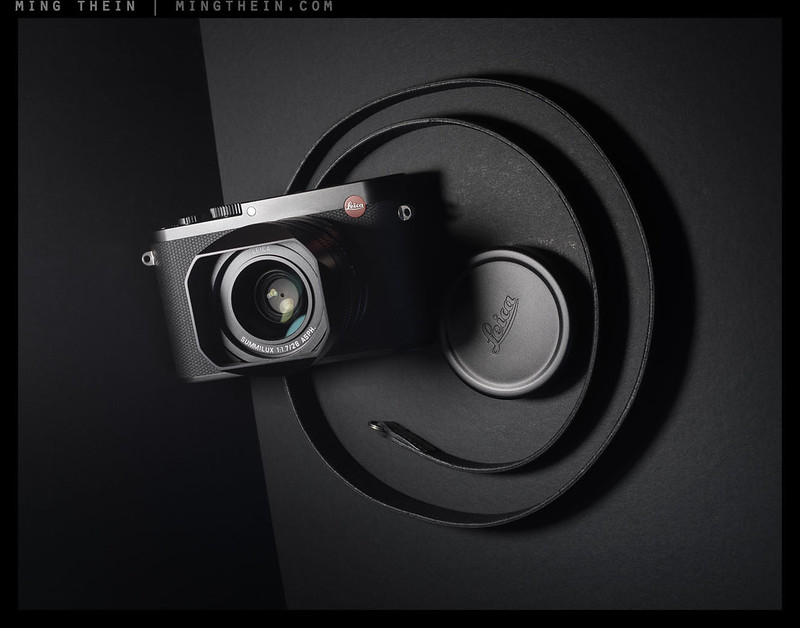
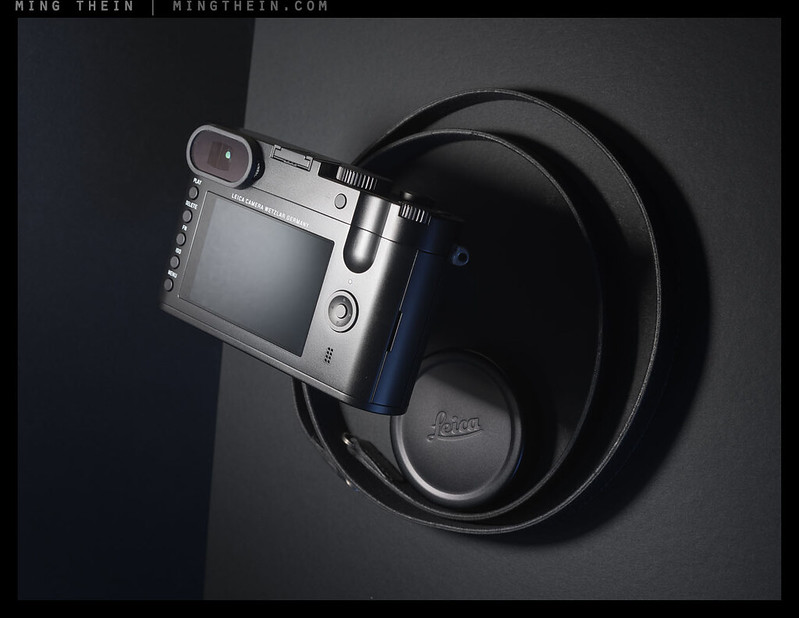
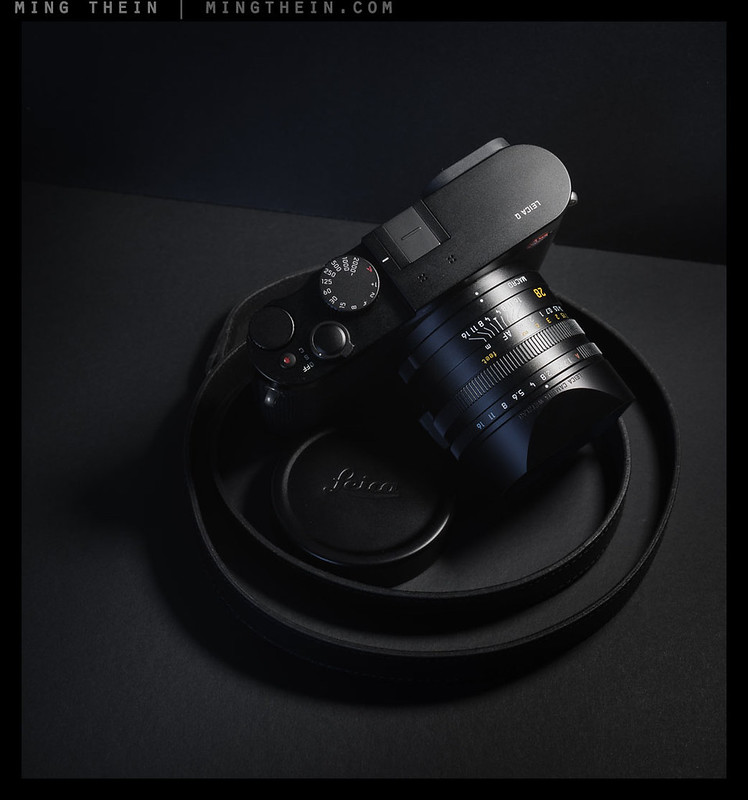
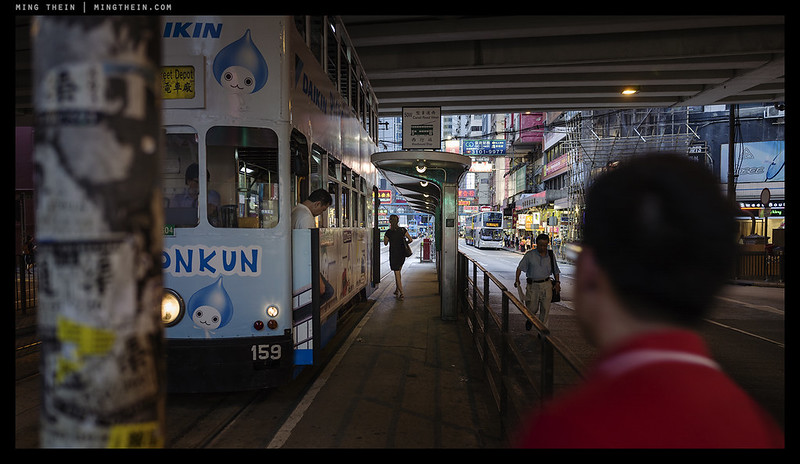
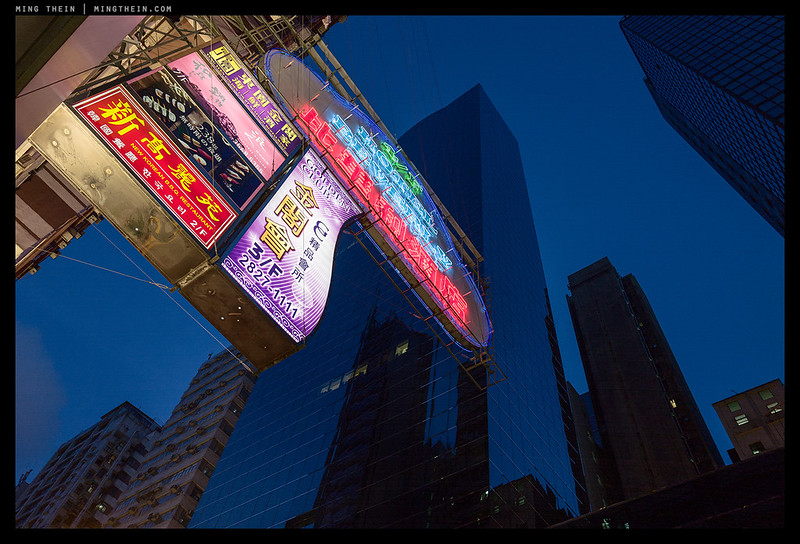
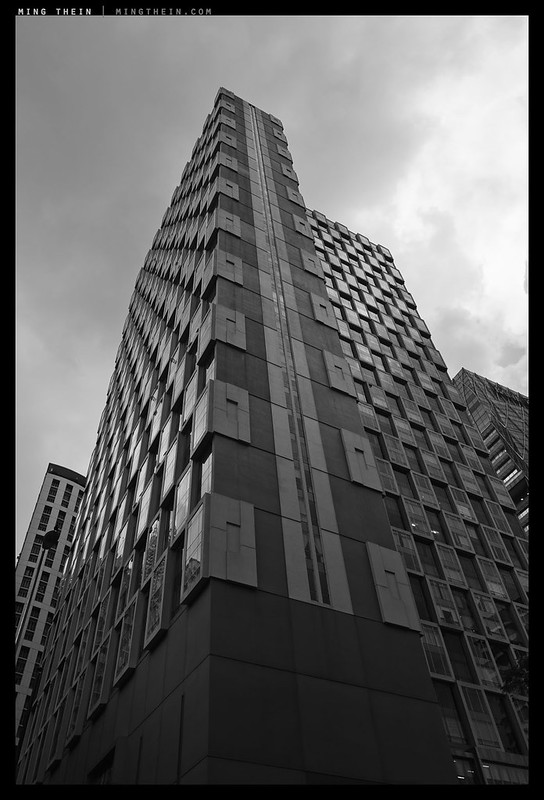
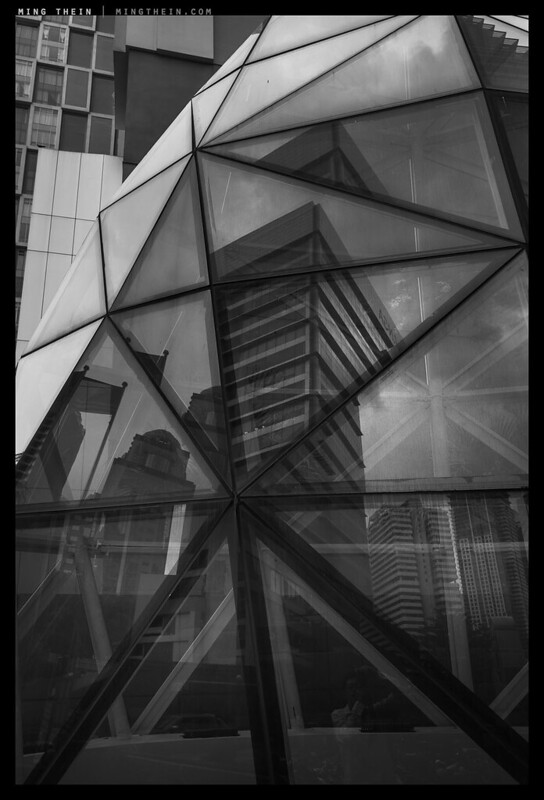
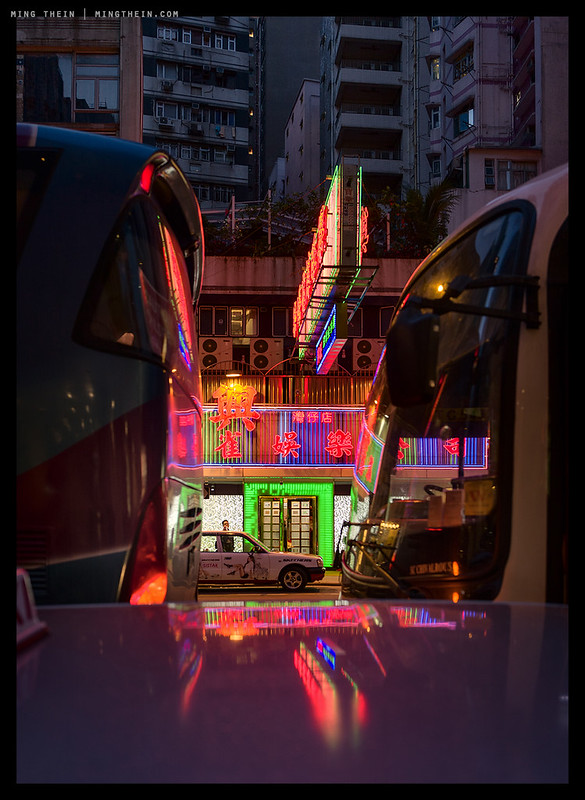
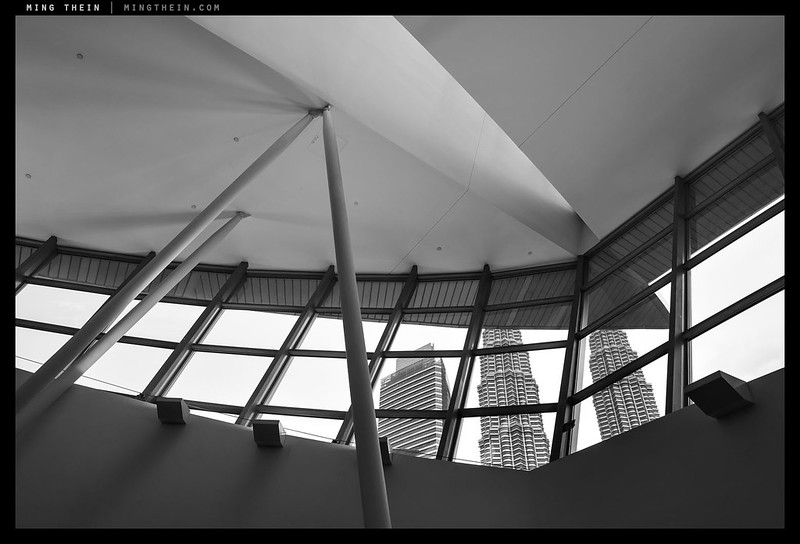
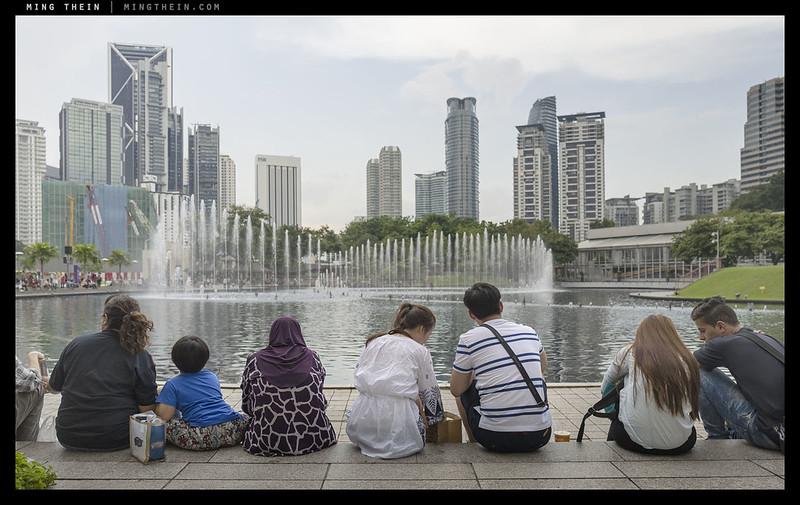
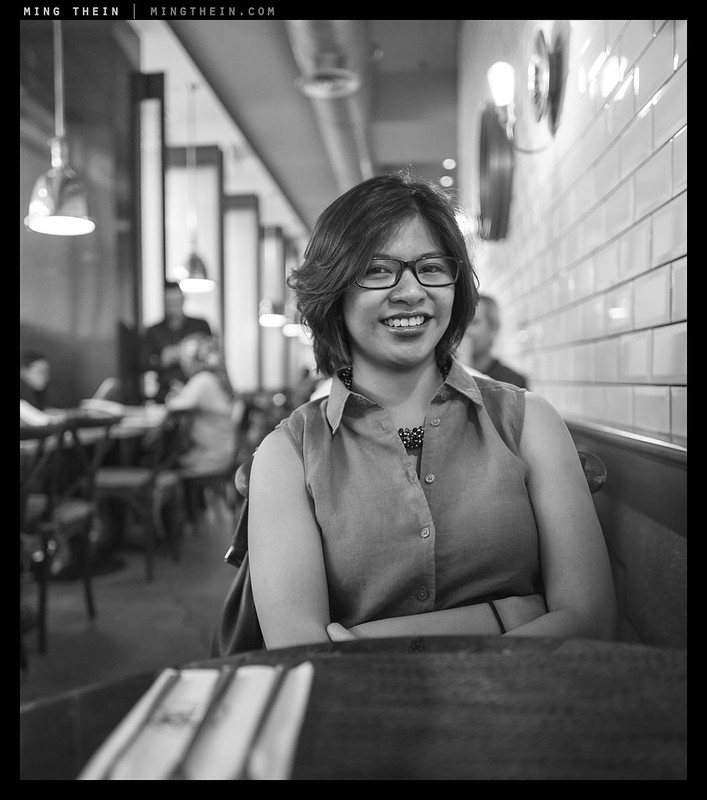

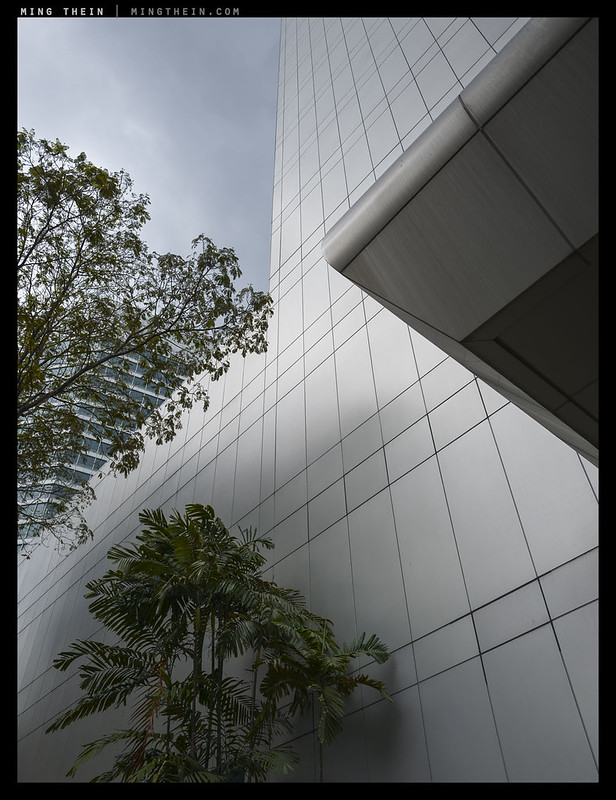
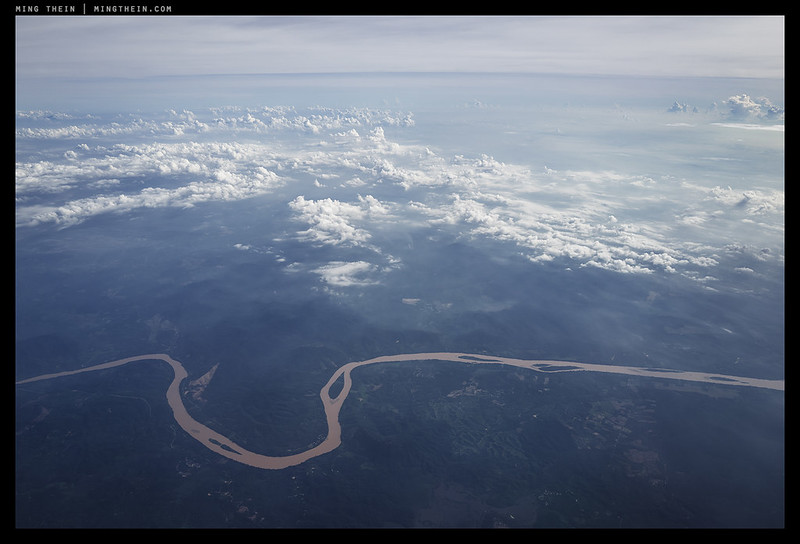
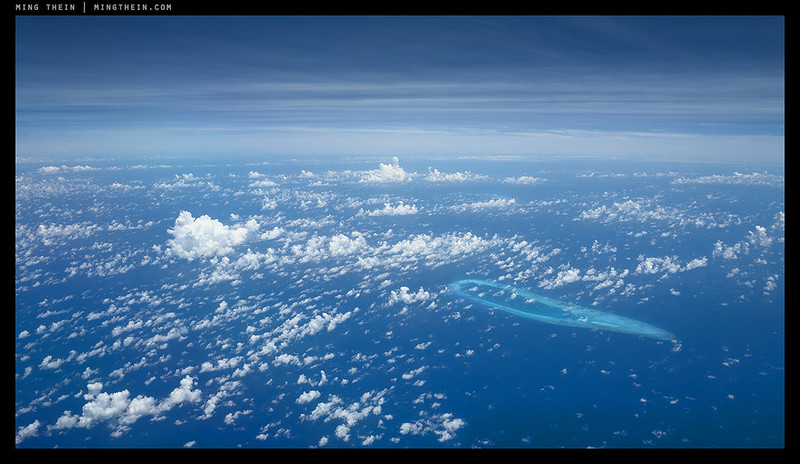

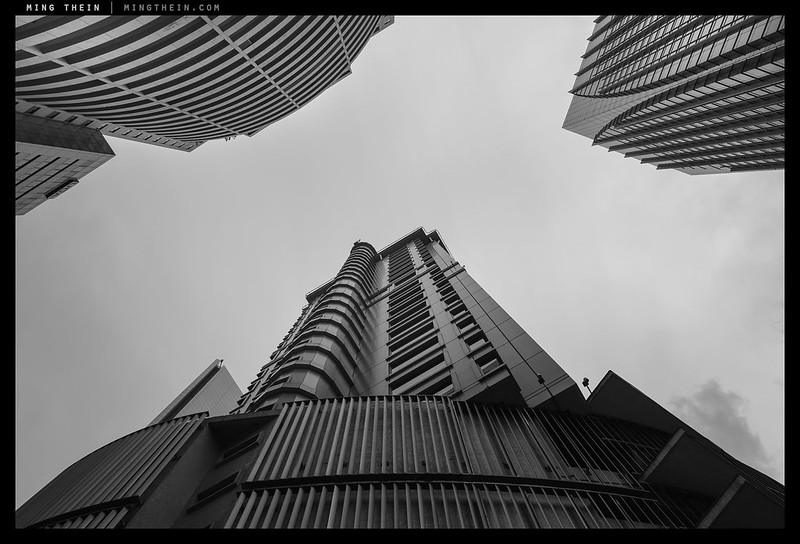
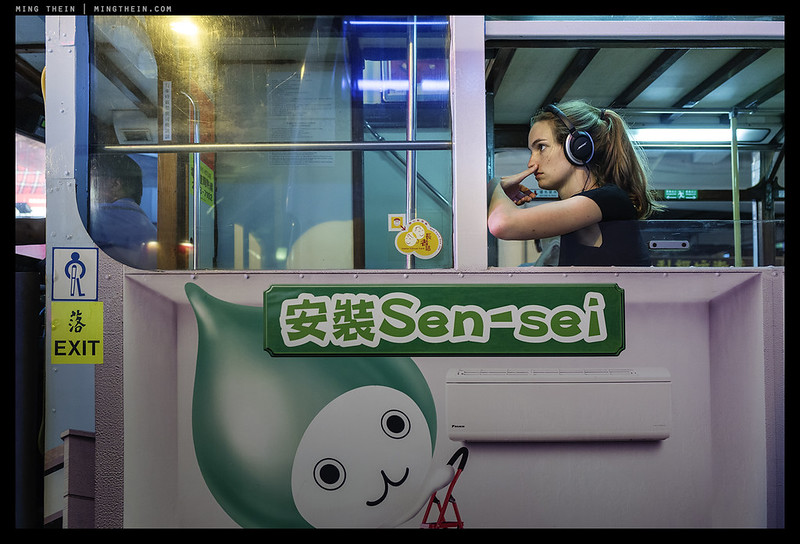

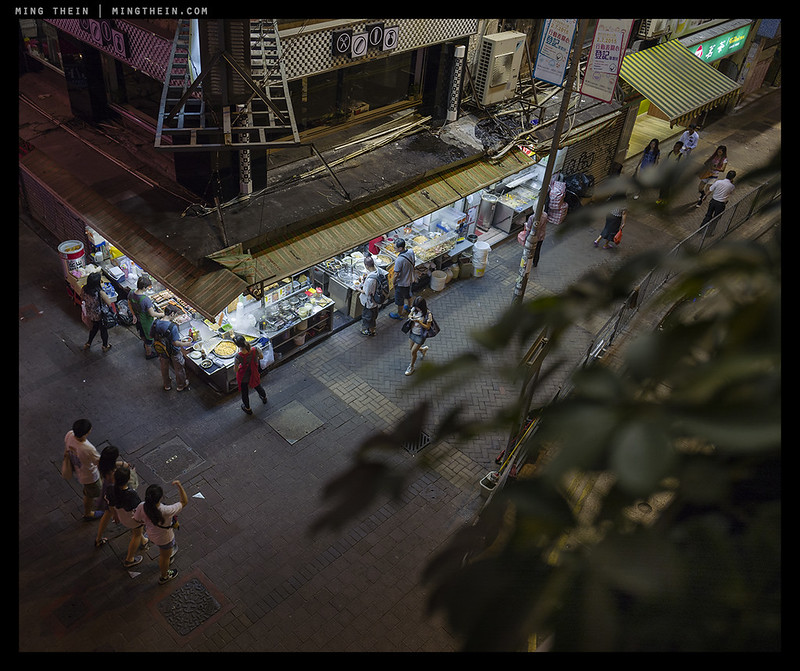


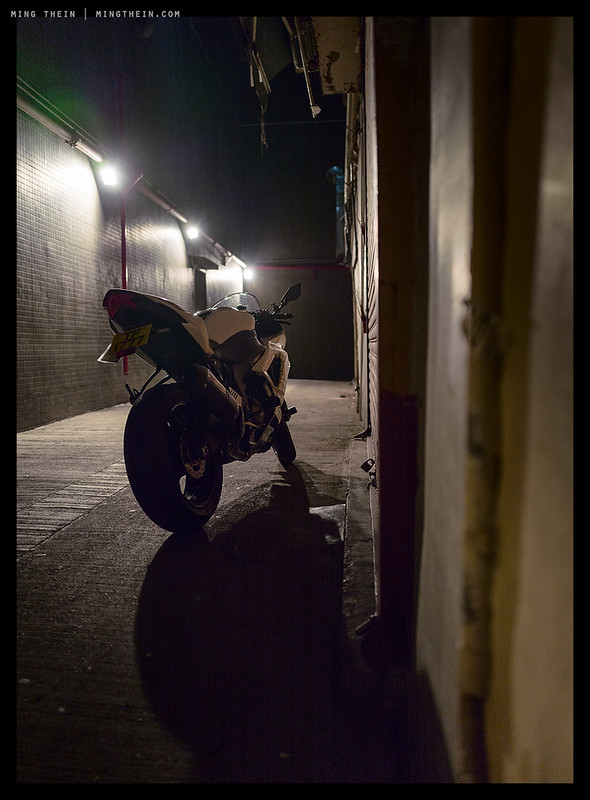


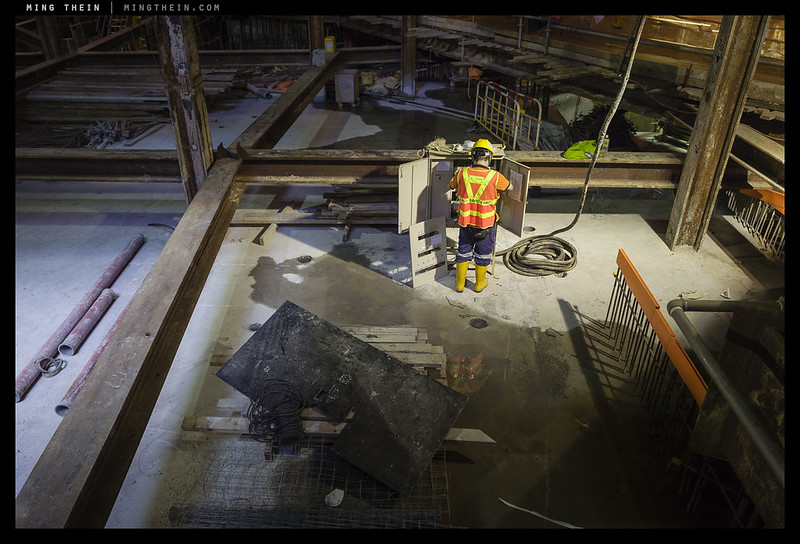






So Ming, have you acquired the Q2 and just aren’t telling us?
No, nor is there any point in me doing so. I can put a fast prime on the Z7 for a fraction of the cost (well, nothing since I already have both) and have a better camera.
Hello Ming.
Could you please elaborate on the OIS failure? What could have caused it, and how long did it take Leica to fix it? Was your repair service covered by the warranty? I could not find Leica Q in your recommended gear list even though you gave it a ‘highly recommended’ rating in the review. Your input is highly appreciated!
Camera started producing double images with OIS on. Repair was over a month, yes, covered under warranty but it should not have happened at all (much less in under a year!)
In short: I have a lot of difficulty in buying another $4000 camera with a 15,000-shot or so lifespan. I suppose think of it as a qualified recommendation: mine may well have been an isolated incident, but the number of other people who’ve reported the same thing to me seems to suggest it’s at least batch related, if not wider. All the more frustrating because everything else about the camera is excellent, and it may well have the widest shooting envelope of any camera.
Thank you Ming for such a quick reply.
It is a frustrating experience to have such failures on expensive gear within the first year of shooting. A month long repair term is considered quick in Leica realm, but quite a long one for those who used to a 1 week turnaround from way less premium photo gear brands in the USA. I wonder how good the OIS fix is? I shot with Q for 1 day a while ago and noticed that OIS unit produced vibrations even when it was switched off. A weird behavior compared to all other lenses with OIS I’ve dealt with.
I agree with you that it’s a very well rounded camera especially for those who appreciate 75° field of view and require a fast high quality lens with a leaf shutter, that is easy and comfortable to shoot with in very low light environments and produces files one can print large, e.g. 24×36 inches.
Three years later after Q’s launch we haven’t got any other compact option with a leaf shutter 28mm lens that could match and exceed the Q’s set of qualities. Even Leica didn’t deliver any FW updates since July 2016 FW 2.0, when there are lots of requests from others and myself that could be done via software tweaking. Anyway, thank you again for sharing your experience and fine images!
Thank you for a great review. I am renting this camera for Wondercon in Anaheim to document some Cosplay and then going out for Landscape work the next day. The photos you took with it are stunning and very cinematic.
Question:
1. Does the 35mm and 50mm crop mode apply the crop in raw, or only jpeg?
Honestly, no idea: I never shot it in anything other than 28mm full capture. Why would you do otherwise?
The JPGs are cropped, not the RAWs. However Lightromm will get the information and will crop the RAW nondestructive, so revisable.
Best Holger
Hi Ming! was wondering if turning the OIS on affects image quality? were u able to notice a difference in image quality?
Not initially, but eventually it does. My camera landed up going back to Leica for a repair following OIS double image problems.